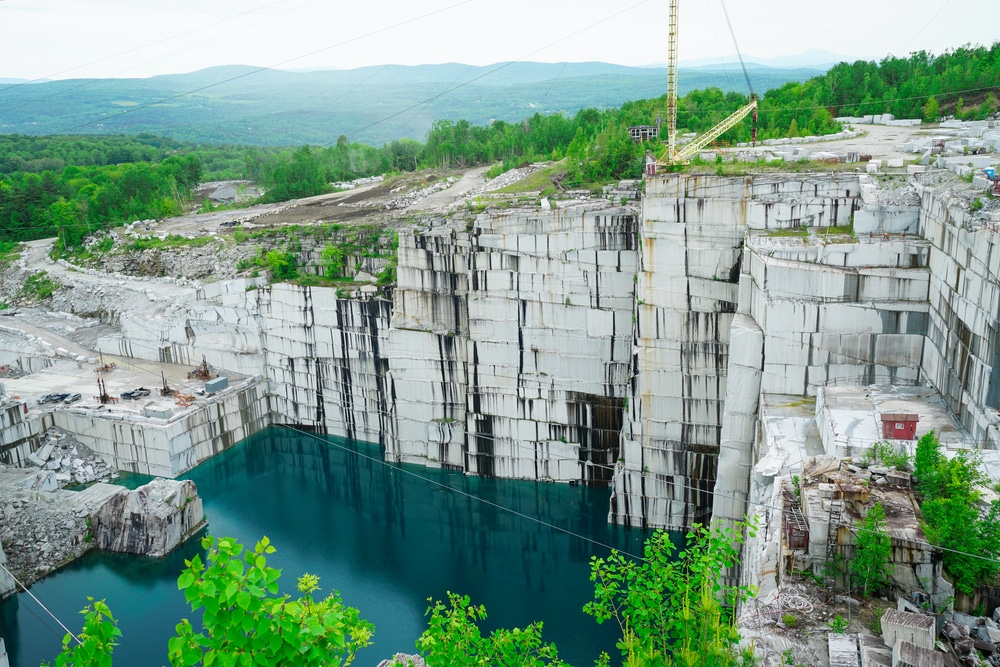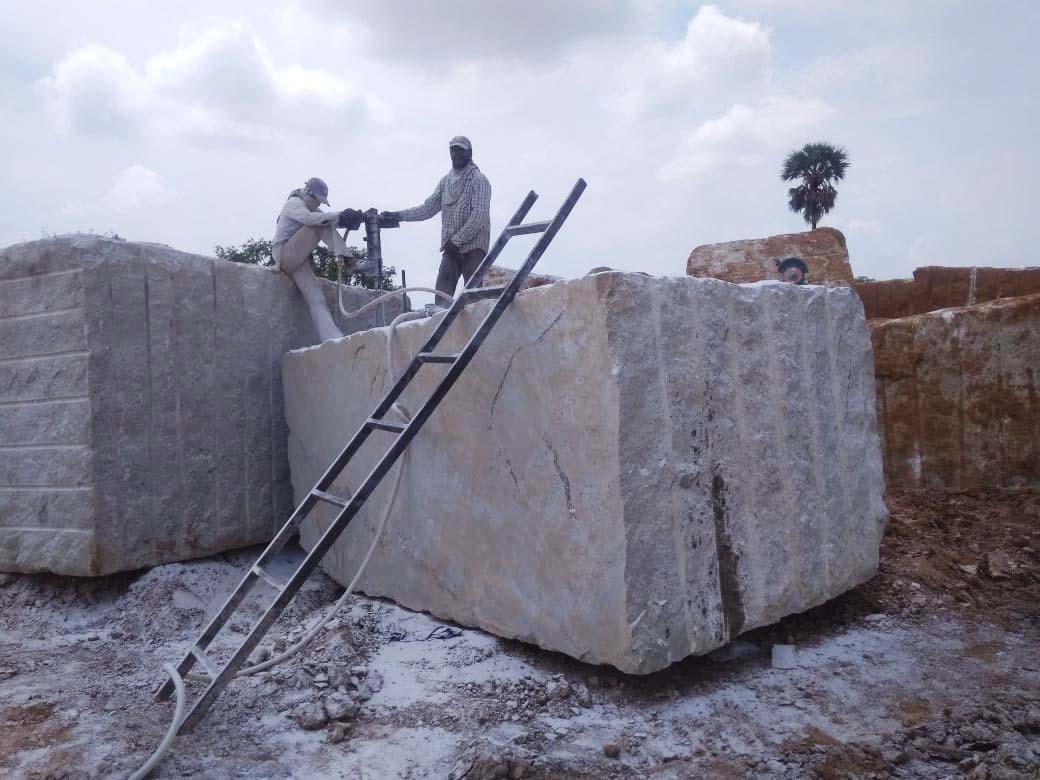Discovering the Elegance of Granite Quarry in South Africa Wonders
Discovering the Elegance of Granite Quarry in South Africa Wonders
Blog Article
Revealing the Mysteries of Granite Quarrying: Where Stamina and Elegance Meet
The globe of granite quarrying is a world where the raw stamina of nature converges with human creativity to develop structures that stand the test of time with an air of sophistication. From the depths of quarries to the precise polishing in workshops, the process of transforming granite into architectural wonders is an intricate dance of custom and technology. As we peer right into the midsts of this ancient craft, we begin to reveal the surprise intricacies that form the extremely essence of our constructed atmosphere.
The Beginnings of Granite Quarrying
In the annals of architectural history, the beginnings of granite quarrying are shrouded in a tapestry of old craftsmanship and geological wonders. Dating back to ancient Egypt and Mesopotamia, the removal of granite from quarries noted the beginning of a trip that would ultimately lead to the production of several of the world's most renowned frameworks.
Granite quarrying's origins can be mapped to the proficient artisans who recognized the rock's durability and aesthetic charm. With a mix of primitive tools and large decision, these very early quarry employees unearthed granite blocks that would come to be the building blocks of civilizations.
As civilizations developed, so did the methods of quarrying granite. The Romans, renowned for their engineering prowess, developed innovative techniques for drawing out granite to construct monuments, temples, and roads that stood the test of time.
The legacy of these ancient quarrying methods continues to form contemporary architecture, with granite remaining a sign of strength and elegance in building jobs around the world. (granite quarries in south africa)
Tools of the Quarrying Trade
The advancement of granite quarrying methods from ancient worlds to contemporary times highlights the vital role played by the devices of the quarrying trade in shaping the sector's practices. In ancient times, quarrying tools were rudimentary, usually containing blades, hammers, and wedges made from materials like bronze or iron. These devices called for substantial workforce and time to essence granite blocks from quarries.

Furthermore, the introduction of pneumatic tools and high-powered equipment has actually considerably reduced the physical labor needed in quarrying operations, boosting worker security and efficiency. As the quarrying market proceeds to innovate, the devices of the trade continue to be at the center of driving development and forming the future of granite extraction.
Drawing Out Blocks of Granite
Making use of precision machinery and progressed methods, the extraction of granite blocks from quarries has actually come to be an advanced procedure in the modern quarrying industry. Managed blasting techniques are after that used to damage apart the granite right into workable areas.

Polishing and Finishing Methods
To attain a perfect surface area on granite blocks, experienced artisans utilize a collection of meticulous polishing and finishing methods. After the preliminary extraction and shaping procedures, the granite blocks undergo a complete sprucing up phase he said to boost their natural elegance and resilience. One usual approach made use of in polishing granite is ruby abrasion, where industrial diamonds are made use of to grind and brighten the rock to a smooth finish. This procedure not only creates a lustrous surface area however additionally ensures harmony in shade and structure across the granite block.
Along with sprucing up, finishing strategies are related to additional fine-tune the granite's appearance. These strategies may consist of flaming, refining, or brushing, each offering distinct textures and surfaces to match different aesthetic choices. Flaming, for instance, includes subjecting the granite surface to heats to create a harsh, distinctive surface, ideal for outside applications where slip-resistance is important. Refining, on the other hand, gives a matte surface that is smooth to the touch, perfect for indoor countertops and floor covering. By meticulously choosing and using these polishing and finishing methods, artisans can change raw granite blocks into splendid items that display both strength and beauty.

Ecological Impact and Sustainability
With the expanding emphasis on ecological consciousness in the market, granite quarrying techniques are increasingly looked at for their influence on all-natural sources and long-lasting sustainability. Quarrying for granite can have significant environmental implications. The removal procedure usually includes making use of hefty equipment, nitroglycerins, and large quantities of water, leading to habitat damage, soil erosion, and water air pollution. In addition, the transportation of granite from quarries to processing centers creates carbon exhausts, further contributing to ecological degradation. granite great site quarries in south africa.
To reduce these effects and make sure sustainability in granite quarrying, industry stakeholders are taking on numerous measures. Implementing advanced innovations to decrease energy usage and water use, reclaiming quarried land for ecological remediation, and promoting accountable sourcing practices are some techniques being utilized. Additionally, accreditations such as the Forest Stewardship Council (FSC) and the Leadership in Energy and Environmental Design (LEED) aid customers identify eco-friendly granite items.
Verdict
In conclusion, granite quarrying is a process that requires specialized devices and methods to remove blocks of granite and polish them to a high degree of surface. While the environmental impact of quarrying can be substantial, initiatives are being made to improve sustainability methods in the sector. On the whole, granite quarrying is a fragile balance in between taking advantage of the toughness and beauty of this all-natural stone while decreasing its influence on the atmosphere.
Report this page